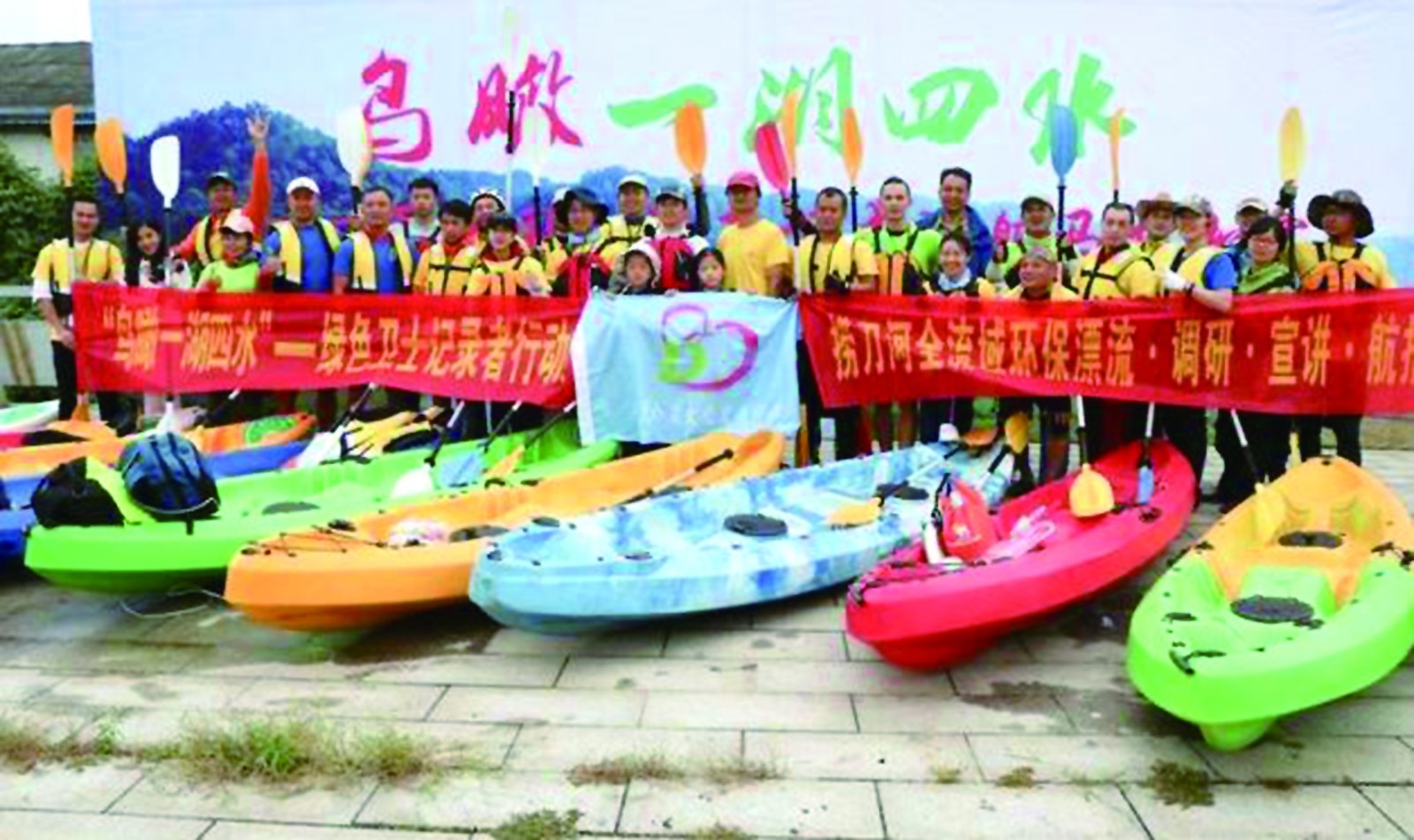Yangko dance is not just a simple body movement; it's a cultural gem with a millennium-long history. Originating in the Southern Song dynasty, it has witnessed the passage of time. In the north of China, particularly, it has been a popular form of celebration, especially during the Lantern Festival. However, its popularity once faced challenges, which also makes its development full of stories.
Origin and Early Forms
The Yangko dance has a long and storied past. Starting in the Southern Song dynasty over 1000 years ago, it was initially a form of folk celebration. In the northern regions of China, it gradually took shape. People in small villages and towns would gather during festivals, especially the Lantern Festival. At that time, it was mainly a form for the common people to express their joy and hope. The early movements were simple yet full of the vitality of life. The dancers would use the natural swing of their waists and hips to step forward and backward rhythmically, creating a unique aesthetic.

As time went on, the Yangko dance began to incorporate more elements from local cultures. Different areas had their own characteristics in terms of dance steps, costumes, and musical accompaniment. For example, in some rural areas in Shandong, the Yangko dance incorporated local operatic elements, making it more colorful and distinctive.
Yangko in the 1940s
The 1940s was a turning point for the Yangko dance. In the north of Shanxi province, the Chinese Communist Party established a stable base. At that time, Yangko dance was given new significance. Many artists actively participated in promoting it. They created a lot of new Yangko programs with original contents. These programs were not only forms of entertainment but also means of propaganda. The Yangko dance at this time often carried positive energy, inspiring the masses to strive for a better life.

During this period, with the joined efforts of the Party and the artists, Yangko dance also stepped out of the traditional small - scale performance areas. It gradually spread to more regions in northern China. It became a way for people to show their political enthusiasm and unity. The simple villagers, under the guidance of artists, had a deeper understanding of Yangko dance and made it develop at a faster pace.
Post - 1949 Development
After 1949, the Yangko dance gained new development opportunities. It began to spread all over China. Whether it was traditional festivals like the Spring Festival, Mid - Autumn Festival, or grand ceremonies, Yangko dance became an important performing art. In urban areas, official art troupes also began to include Yangko dance in their performance repertoires.
The Yangko dance was no longer just a rural art. It stepped into the big cities and was accepted by a wider range of people. In modern times, Yangko dance also began to keep up with the times, with new choreography and music arrangements emerging continuously, making it more in line with the aesthetic concepts of contemporary people.
Yangko in Professional Art
As a folk art, Yangko dance has made great progress in the professional art field. It has been recognized and introduced into professional art palaces. Professional dancers have also begun to study Yangko dance. They have further refined the dance movements, making them more elegant and aesthetic. In professional art institutions, Yangko dance is often studied from the aspects of dance theory, choreography, and performance art.
At the same time, professional Yangko performances have also been carried out at home and abroad, allowing more people around the world to understand this unique Chinese folk art. In international cultural exchanges, Yangko dance often serves as a cultural business card of China, showing the world the unique charm of Chinese folk culture.

Regional Differences
In different regions of China, Yangko dance has different manifestations. For example, in the Northeast region, the Yangko dance is more bold and unrestrained. The dancers' movements are large - scale, showing the straightforwardness of the Northeast people. The music also has a strong local flavor, often with percussion instruments playing a leading role.
In contrast, in the Hebei region, the Yangko dance is more detailed in movement. The dance is accompanied by a variety of traditional musical instruments, creating a more harmonious and soft atmosphere. Each region's Yangko dance is a result of the influence of local geography, culture, and folk customs, and they all contribute to the rich and diverse forms of Yangko dance in China.
Yangko's Future Prospects
With the development of society and the continuous progress of globalization, Yangko dance also faces new opportunities and challenges. For one thing, modern media gives Yangko more opportunities to be popularized. Through the Internet, live - streaming, and short - video platforms, more and more people can see Yangko dance performances at any time and any place.
On the other hand, how to inherit and develop Yangko dance in modern society remains a problem to be solved. With the change of people's lifestyles, especially the popularization of modern entertainment ways, the traditional Yangko dance needs to continuously innovate and adapt to the new era to attract more young people to participate. So, readers, what do you think are the good ways for Yangko dance to better inherit and develop in the future?
版权声明:本文内容由互联网用户自发贡献,该文观点仅代表作者本人。本站仅提供信息存储空间服务,不拥有所有权,不承担相关法律责任。如发现本站有涉嫌抄袭侵权/违法违规的内容, 请联系本站,一经查实,本站将立刻删除。如若转载,请注明出处:http://www.dfhyjxsb.com/html/tiyuwenda/9743.html



